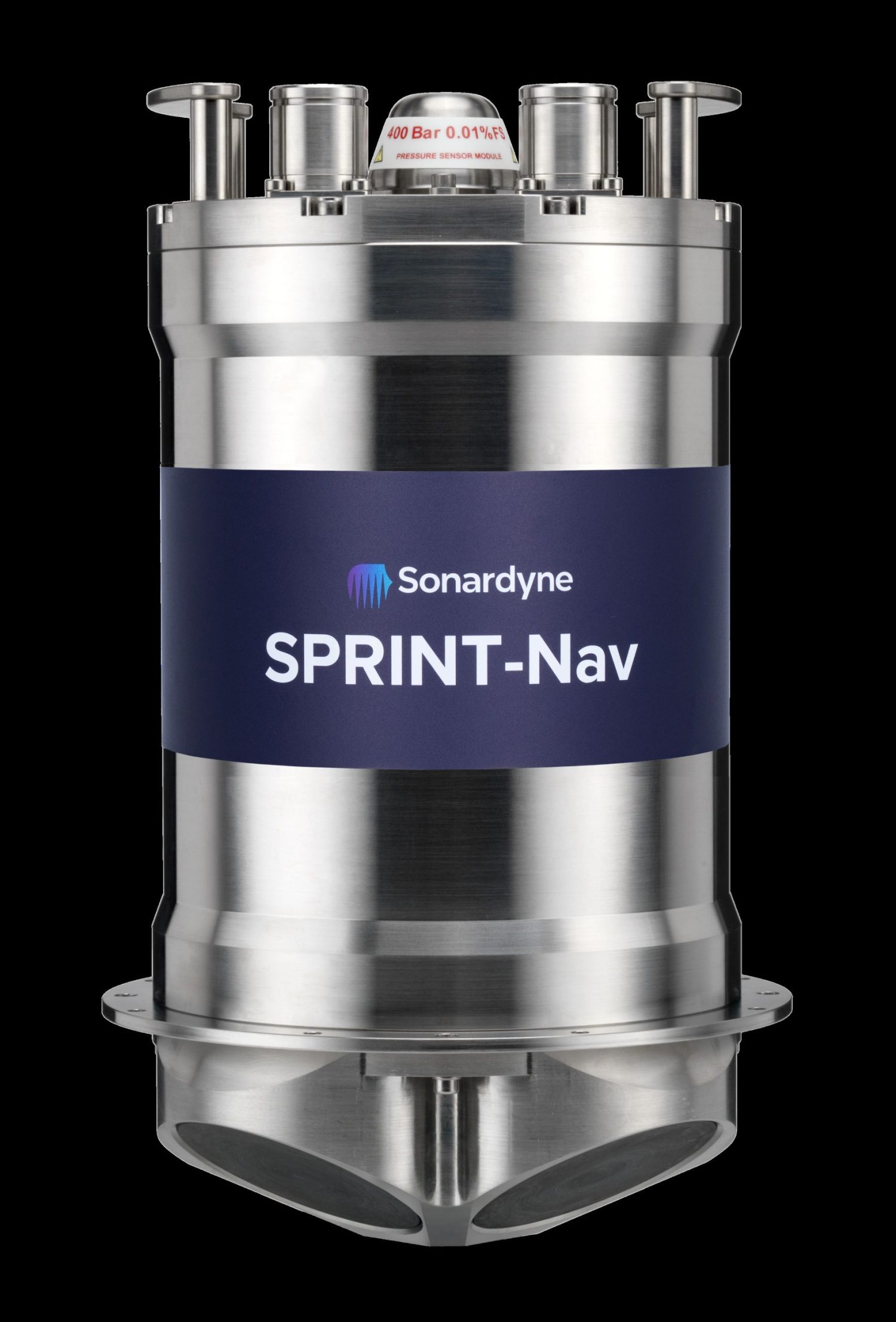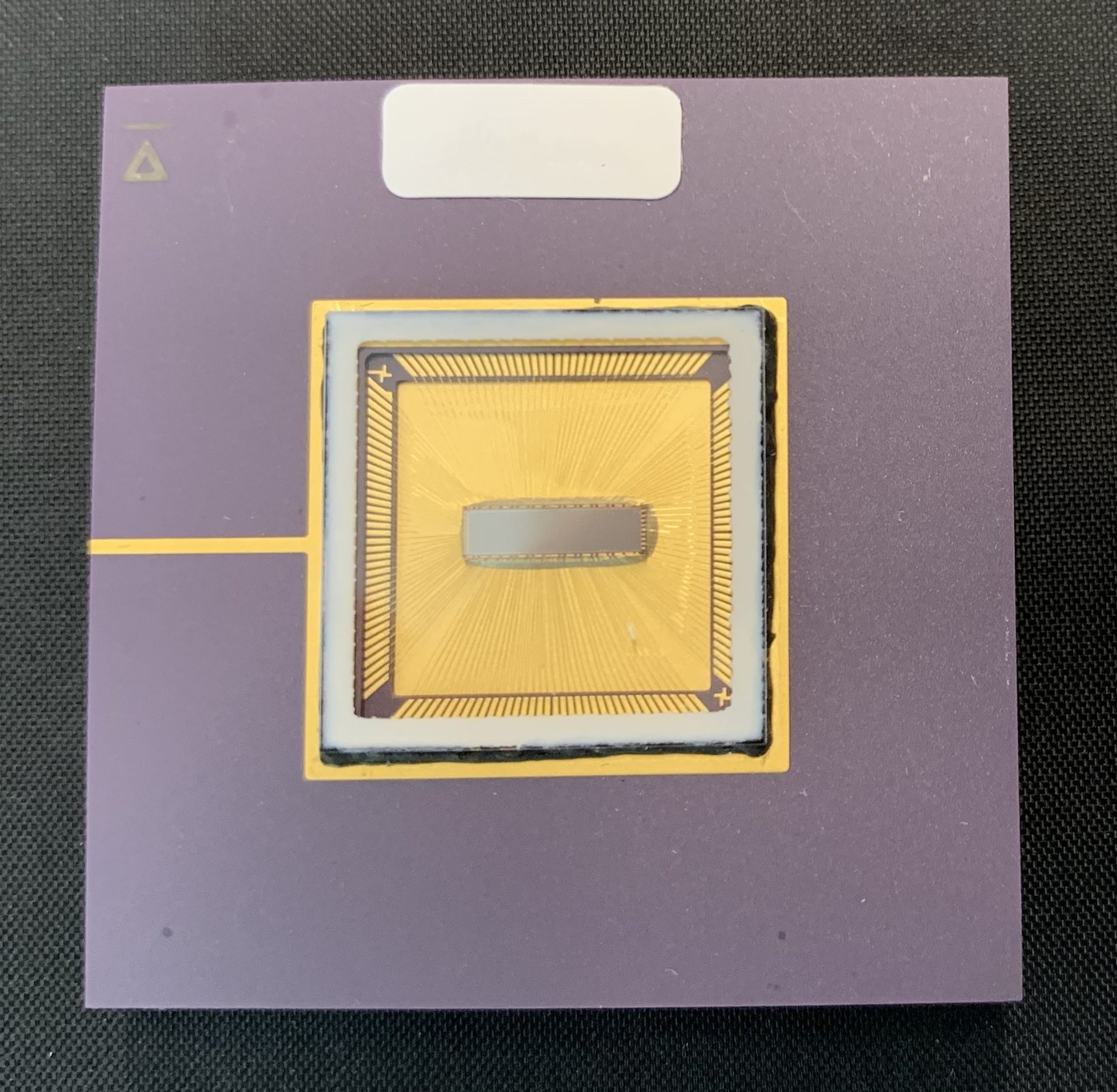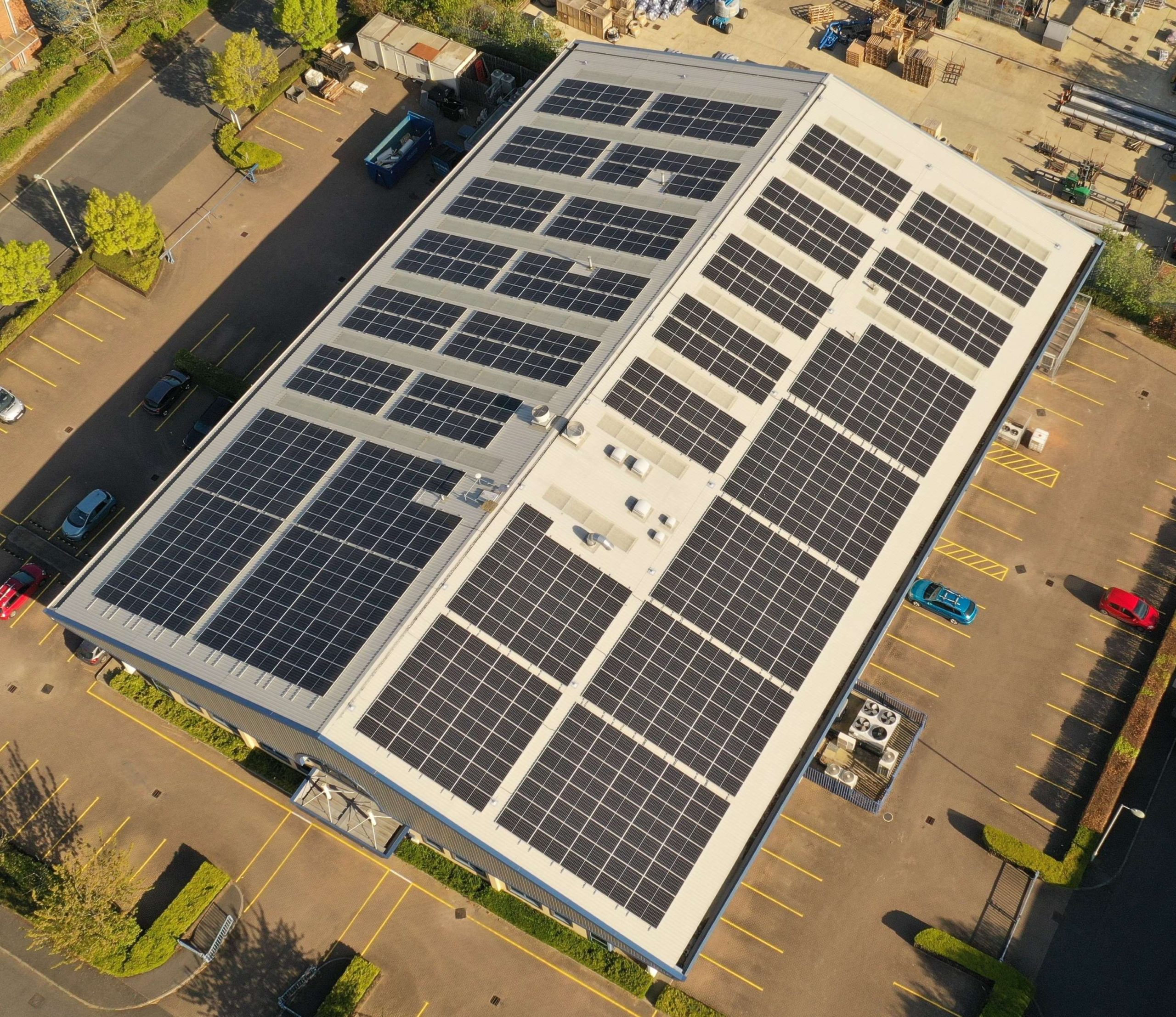USV-based ocean data collection – at scale
Few would disagree that we need to learn more about our ocean. It’s one of the goals of the UN Ocean Decade. Whether it’s to understand more about how it impacts the earth’s climate, how we’re impacting marine ecosystems, as a resource for energy and food production or to inform maritime security, we have a lot to learn.
It’s all underpinned by ocean data collection, says Aidan Thorn, business development manager, Marine Robotics.
Throughout the last two decades, major in-roads into ocean observation have been made. Persistent autonomous underwater sensors and now corresponding autonomous surface systems are in regular use.
Used together, maritime autonomous systems (MAS), such as uncrewed surface vessels (USVs), and long-endurance seabed sensors are allowing us to collect ocean data with greater temporal and spatial coverage than has been possible before – without the need for large crewed ships. This is both making ocean data collection easier to access, safer and more sustainable.
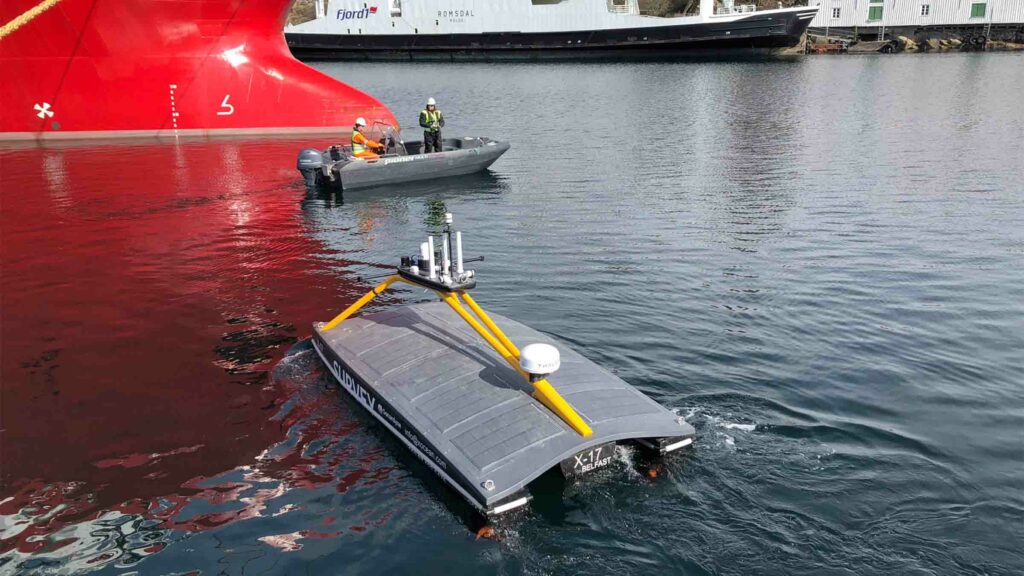
Large-scale ocean data collection
We recently completed what we believe is one of the largest ocean data collection missions carried out in the commercial realm. With one XOCEAN USV, we collected data from 75 seabed sensors deployed in water depths between 800 m and 1,100 m over an area equivalent to the Isle of Wight – all in just over 3 days (including 12 hours, each way, transit to site).
There are a number of elements involved in making these missions a success. You can read our white paper on how to plan a successful data harvesting mission using a USV here.
Maximizing data collection and delivery
One critical element is the data. By understanding exactly what data is needed, we’re not logging unnecessary amounts of data. For example, our long-endurance Fetch AZA sensors will be logging temperature, pressure, pitch and roll and battery level data and the manifold status. These data points will be trimmed to the relevant decimal point onboard the Fetch. We’ll also constrain what’s logged to what’s relevant, for example battery power consumption.
The data is then compressed, which removes any duplication, and sent via an onboard modem using our Wideband 2 digital signal processing to a transceiver on the USV. This could be our Dunker 6 or a Mini-Ranger 2 USBL transceiver. The spread spectrum techniques and intelligent data packet stitching we use to do this mean we maximise data delivery, with speeds of up to 9,000 bps.
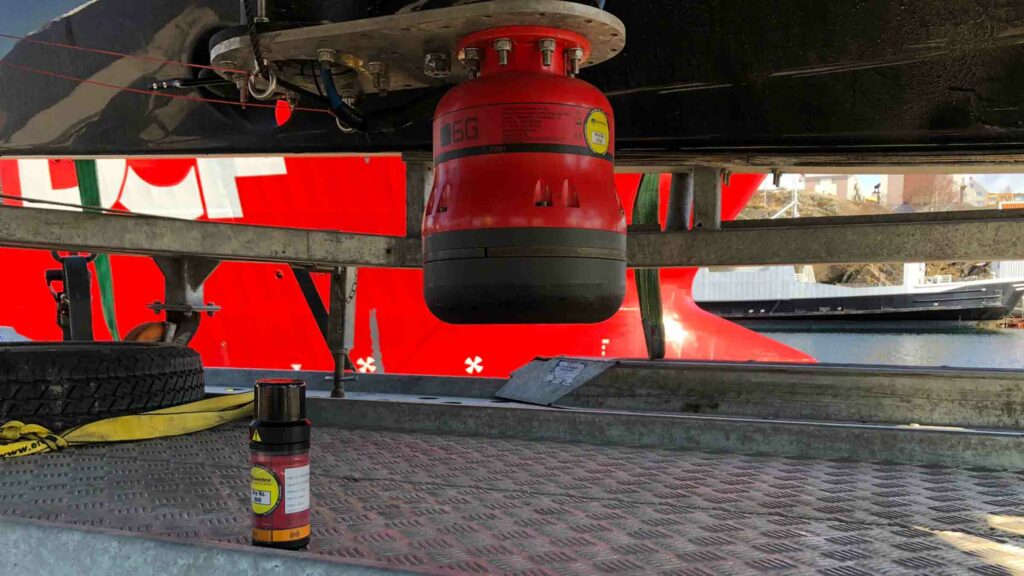
The transceiver then uncompresses the data, as well as checks it’s all arrived correctly. If there is any missing data, this exact data will be re-requested, rather than all of the data needing to be resent.
Efficient data upload
Thanks to that high rate and efficient data delivery rate, the USV doesn’t have to loiter at each sensor site; it can just continue to travel along its pre-planned route, without drawing attention to itself. Data collection is also uninterrupted by other acoustic activity in the area. In the most recent data collection operation, this was offshore drilling operations, which had no impact on the data harvesting operation.
Throughout, our engineers are on hand to perform real-time quality control as the data is uploaded. This is then repeated as soon as the data lands, via secure satellite (or 4G or RF when in range), onshore, ensuring a successful mission. This is now a regular type of activity for us.
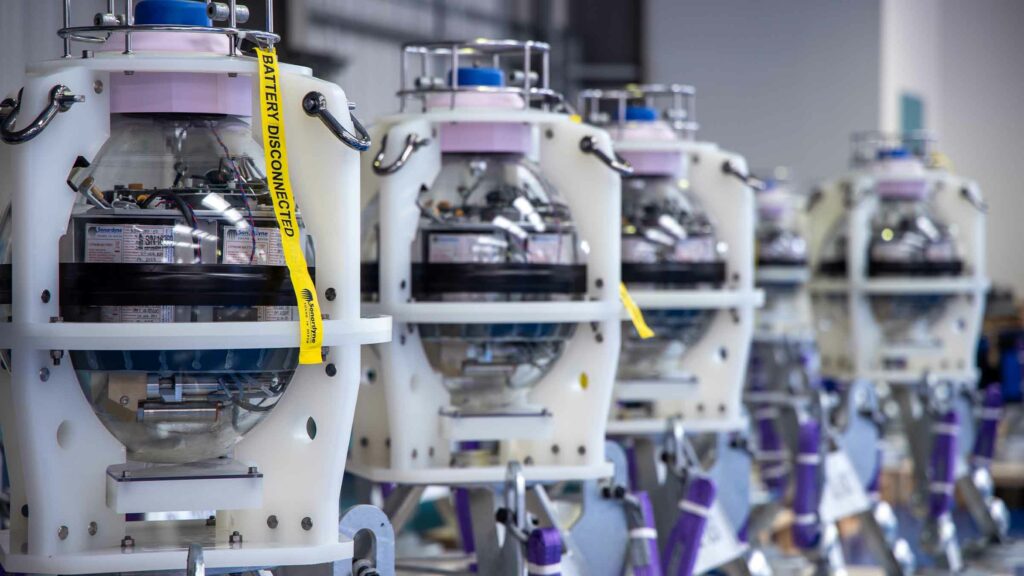
Decades of autonomous sensors
Here at Sonardyne, we’ve been developing and deploying autonomous sensors for more than two decades. Our sensors are being used to measure and monitor everything from centimetric movement of the seabed to large-scale ocean currents.
In the past, hard decisions had to be made around when and how frequently to mobilise a crewed vessel to collect this data. Now, developments in MAS and our ability to integrate our acoustic communications payloads into them have caught up with sensor capability, unlocking lower cost, lower carbon and safer ways to collect ocean data.
Faster, safer, cleaner ocean data collection
Not a year goes by that an oceanographer or naval institute doesn’t come up with a novel new application for these instruments. This trend will only increase now that they have these new ways to access their data faster and safer with less environmental impact and cost. As we also build more edge processing into our instruments, we’ll see yet more opportunities for sustainable, long-term ocean data collection.
If you’d like to learn more about how you can use USVs to collect your ocean data, why not read our white paper, Planning considerations for USV data collection. From your choice of sensor and vehicle through to managing the data collection operation itself, it’s a great end-to-end guide to data harvesting.
We can also do it all for you, through our turn-key USV data harvesting service. Get in touch to find out more.
Want to find out more about this article?
Speak to an expert





